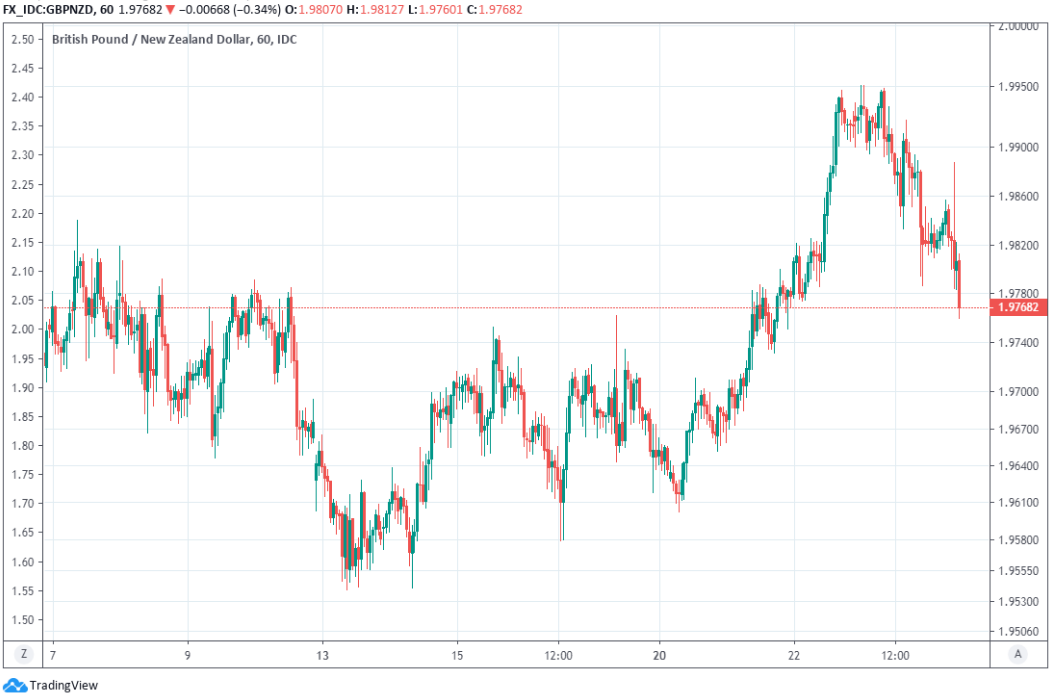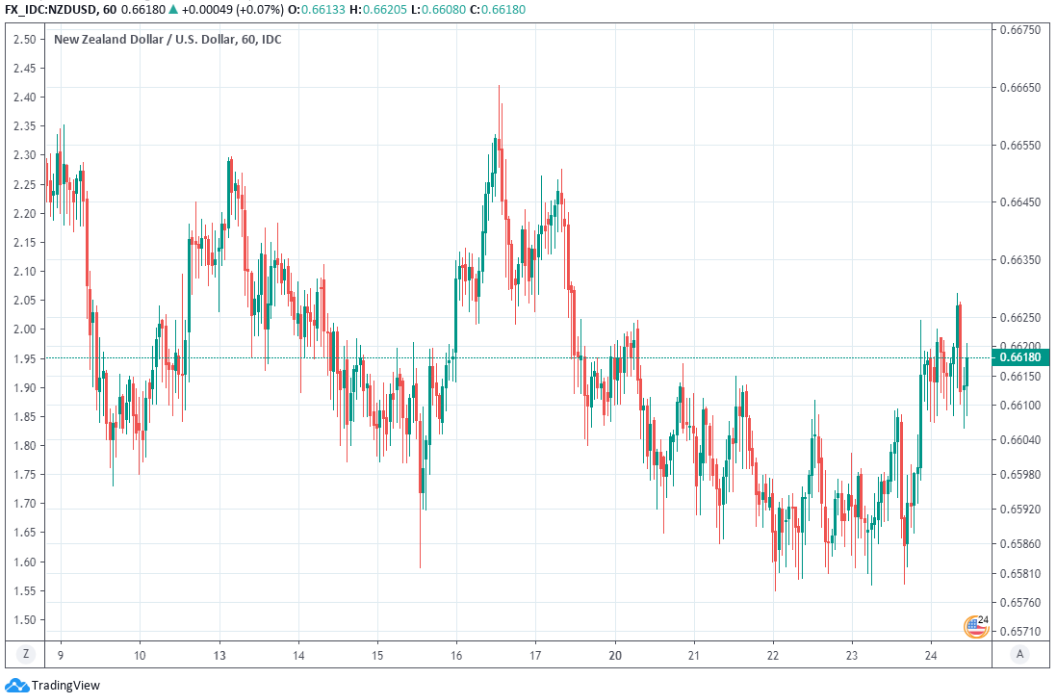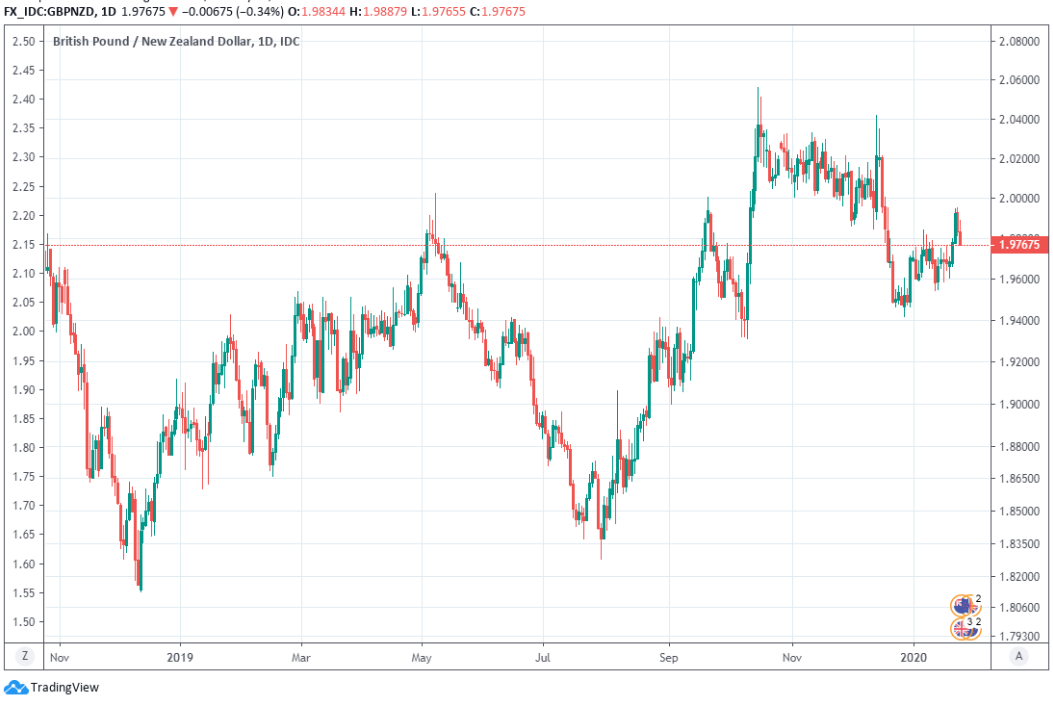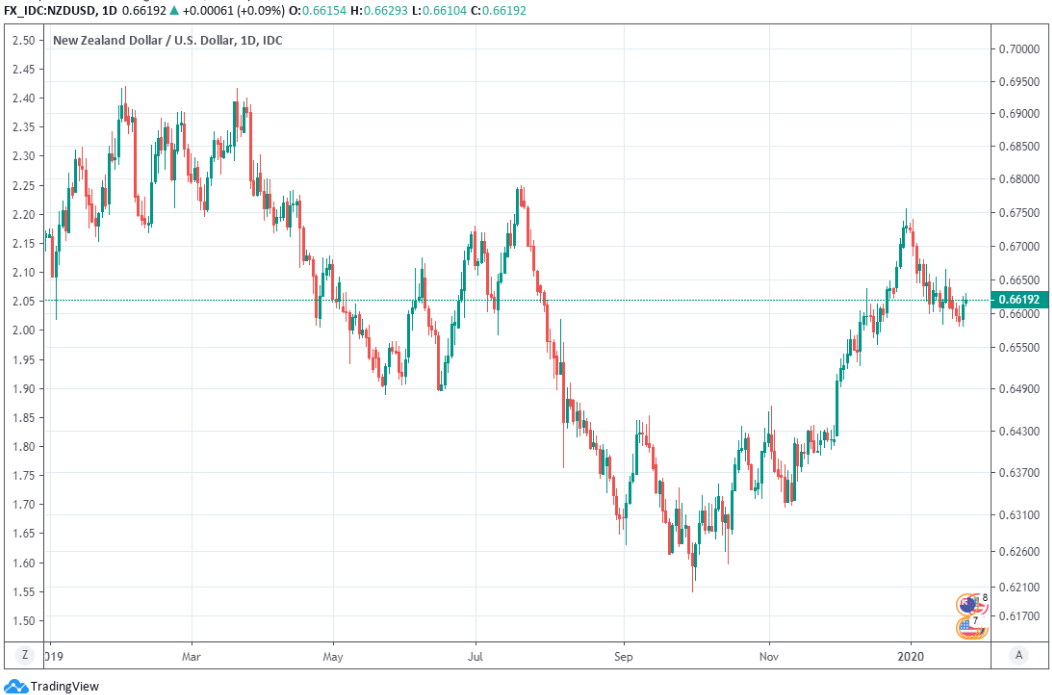New Zealand Dollar Shines as Market Retreats Further from RBNZ Rate Cut Bets
- Written by: James Skinner
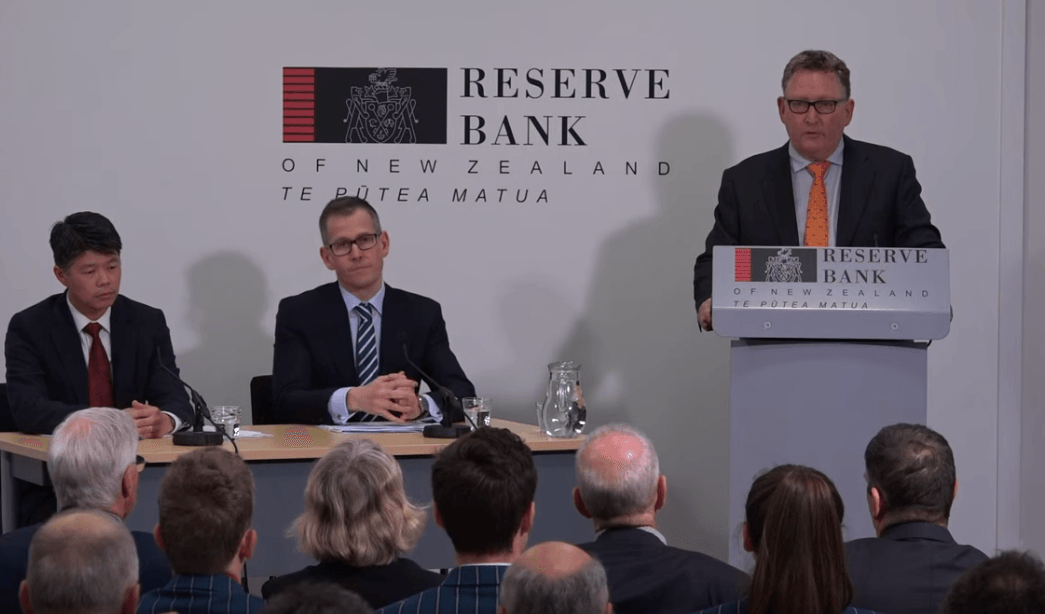
Above: RBNZ Governor Adrian Orr. File Image © Pound Sterling, Still Courtesy of RBNZ
- GBP/NZD Spot rate: 1.9808, down 0.06% for today
- Indicative bank rates for transfers: 1.9123-1.9262
- Transfer specialist indicative rates: 1.9520-1.9639 - >> Get your quote
New Zealand's Dollar got the better of all major rivals including Pound Sterling early Friday morning after inflation figures surprised on the upside and prompted investors to further reduce bets that the Reserve Bank of New Zealand (RBNZ) will cut interest rates again this year.
New Zealand's consumer price index rose by 0.5% in the final quarter when markets were looking for only a 0.5% increase, but the significance of the move is done no justice by the quarterly figure because that minor 0.1% uptick saw the annualised rate of price growth rise from 1.5% to 1.9%.
Last quarter's inflation numbers has left the annual consumer price index just inches away from the coveted midpoint of the RBNZ's 1%-to-3% target range, which is a threshold that's proven elusive for years now.
"Headline inflation accelerated more than expected to an annual rate of 1.9% in Q4. Higher than the RBNZ’s forecast made back in November of 1.6%. It has prompted the New Zealand rate market to further pare back RBNZ rate cut expectations," says Lee Hardman, a currency analyst at MUFG.
Above: Pound-to-New-Zealand Dollar rate shown at hourly intervals.
The RBNZ cut its cash rate three times last year to fend of an economic slowdown that threatened to further reduce already-below-target inflation pressures, with those rate cuts not only wounding the Kiwi Dollar but also prompting investors to price-in a further easing of monetary policy for 2020. However, investors have been rethinking those wagers in recent months and went further on Friday in pricing them out of New Zealand interest rate and currency markets, which is positive for the Kiwi Dollar.
Pricing in the overnight-index-swap market implied on Friday, a June 24 RBNZ cash rate of 0.94%, up from 0.92% on Thursday and substantially higher than the 0.49% implied rate that weighed on the Kiwi Dollar before the 'phase one deal' between the U.S. and China was announced in early October.
Friday's implied rate is only a small fraction below the current cash rate of 1% and is a long way above the next level down of 0.75%, indicating investors now see little prospect of a cut in the months ahead.
"The paring back of RBNZ rate cut expectations has already helped the kiwi to stage a strong rebound towards the end of last year although it has now run into stronger resistance provided by the highs from last July at close to the 0.6800-level," Hardman says. "It should continue to put a cap on further kiwi upside."
Above: NZD/USD rate shown at hourly intervals.
The Pound-to-New-Zealand Dollar rate was 0.06% lower at 1.9808 early on Friday while the NZD/USD rate was 0.10% higher at 0.6624, although Hardman and the MUFG team say the latter will likely run out road when it gets to 0.68. If the NZD/USD rate stalls or declines in a way that is not matched by the GBP/USD rate then the Pound-to-Kiwi exchange rate will rise because the latter always closely matches the sum of GBP/USD divided over NZD/USD.
MUFG forecasts the NZD/USD rate will fall to 0.66 by the end of March and looks for the GBP/USD rate to advance to 1.3330 over the same period, which implies a Pound-to-Kiwi rate of 2.0196 at quarter-end.
However, the NZD/USD rate is seen recovering to 0.68 by year-end while the GBP/USD rate is tipped to rise only as far as 1.3370 in that time, which implies a retreat back to 1.9661 by the end of 2020.
"The RBNZ should be feeling pretty comfortable with the current state of play," says Miles Workman, a senior economist at ANZ. "We expect the OCR will be on hold at 1% for the foreseeable future, barring global shocks."
Above: Pound-to-New-Zealand Dollar rate shown at daily intervals.
New Zealand’s Dollar underperformed in 2019 but closed the gap between it and rivals in a considerable way by year-end as markets priced-out the once-significant implied probability of further interest rate cuts from the RBNZ this year. The U.S.-China trade deal has reshaped expectations for New Zealand's struggling and commodity as well as China-exposed economy, although the government budget update in December has also helped cement a turnaround in the market’s view of the outlook for Kiwi growth.
The government announced its first 'Wellbeing Budget' last year in which it committed to spend a sizeable $10 bn on investment projects over the coming years, which is equivalent to around 3% of GDP. And the RBNZ revealed in the minutes of its latest policy meeting that it’s less worried about the implications of the tariff fight for the economy since the country’s export commodity prices have still risen and boosted national income throughout the conflict.
"Over the past year, inflation outcomes have moved closer to the RBNZ’s inflation-target mid-point. But at the same time, economic growth has decelerated and softer economic demand could potentially weigh on domestic inflation pressures going forward," says Jane Turner, an economist at ASB Bank. "We continue to see some risk that economic growth may not recover as fast as we and the RBNZ expect, and we still pencil in one additional rate cut for in 2020 (likely in May, although the risks are skewed to a later move)."
Above: NZD/USD rate shown at daily intervals.

